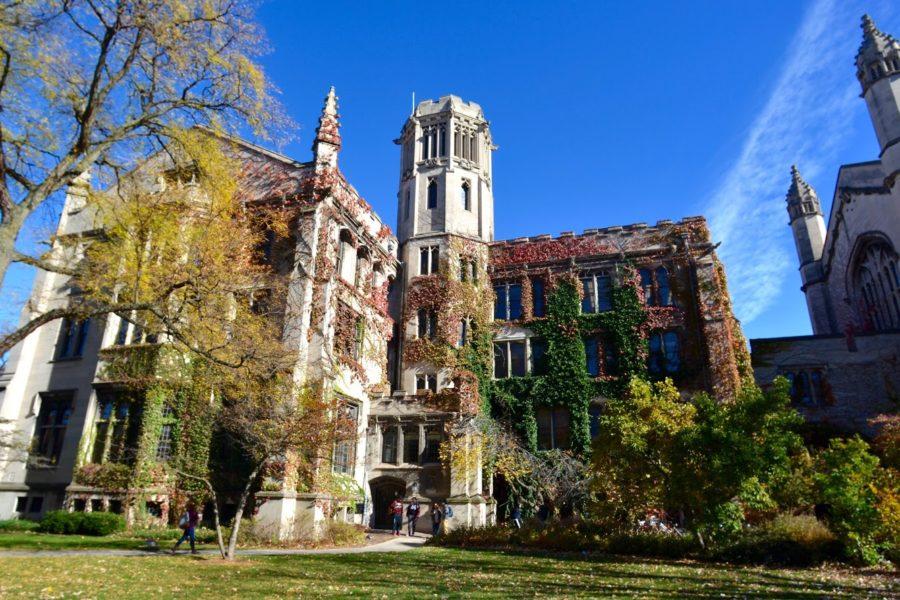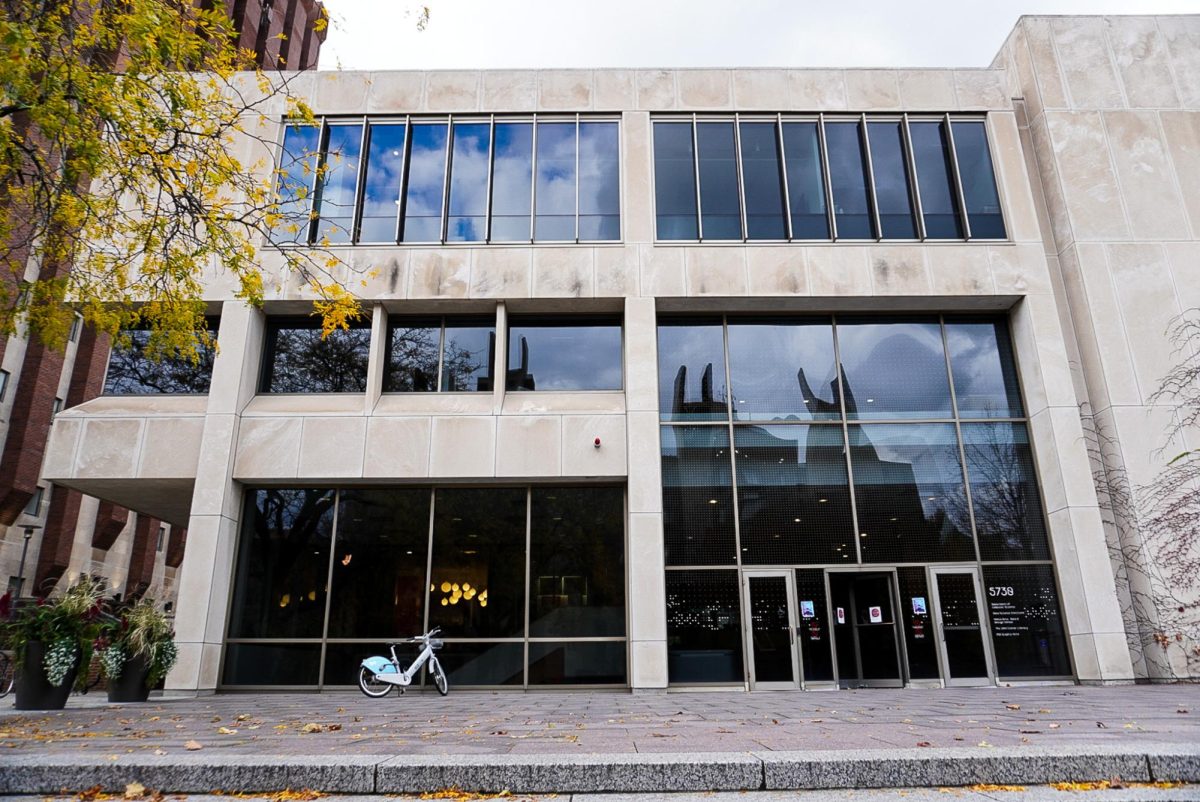A state report found the University of Chicago Medical Center (UCMC) to be the area hospital best equipped to maintain an adult Level I trauma center, drawing attention to on-campus debates about the issue. While many students are aware of the frequent protests and debates, fewer are aware of the circumstances that caused the original Level I trauma center, which operated from 1986–1988, to close in the first place.
On May 16, 1986, the Chicago Tribune published an article about nine Chicagoland hospitals being designated as “trauma centers where victims of serious injuries will be taken for emergency care.” Sixteen hospitals had applied for this designation, the UCMC among them. The Level I adult trauma center opened later that month.
The “serious injuries” that Level I trauma centers are equipped to deal with typically involve blunt or penetrative injury to the body, such as gunshot wounds or injuries from serious car crashes.
Less than a year later, tensions arose between city health officials, who approved trauma center qualification, and physicians. According to a 1987 Tribune article, trauma surgeons were highly critical of the number of hospitals that then–ßHealth Commissioner Dr. Lonnie Edwards was approving, citing financial and medical reasons. They argued that too many trauma centers, some of which were in hospitals that lacked the financial support to sustain them in the first place, would result in both financial and medical problems. Too many trauma centers would mean that the number of patients who actually needed Level I trauma care would plummet in each hospital. As a result, resources would go to waste and doctors would lose their edge.
The opening of its trauma center resulted in a serious financial blow to the UCMC, reporting losses of more tha $2 million a year from 1986–1988. By May 1988, the UCMC became the second of the ten hospitals in the citywide trauma network to pull out of the system.
At that time, according to a Tribune article covering the UCMC’s decision to leave the trauma network, the adult Level I trauma center was treating roughly 35 patients a month in the last six months of its operation.
The trauma center’s director of public affairs at the time stated that each case cost the medical center $3,000. Problems with insurance were partly responsible for this additional cost; because adult Level I trauma centers are normally reserved for the gravest cases, potential patients with insurance were often turned away in order to provide care for patients with more serious injuries, but who did not have insurance.
The city network continued to shrink. Nearly a year and half later, a third trauma center, Loyola University Medical Center, withdrew, though in the years since its closing, Loyola has since reopened its Level I trauma center. By January 1990, only six of the original 10 hospitals that had been members of the Chicago Trauma Network were still operational.








